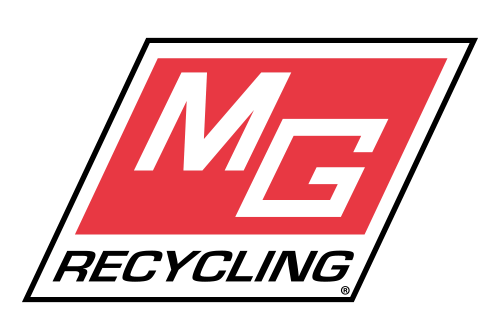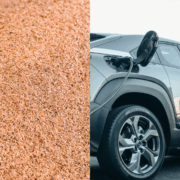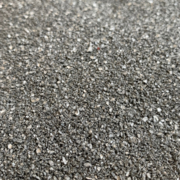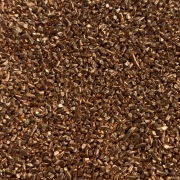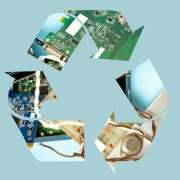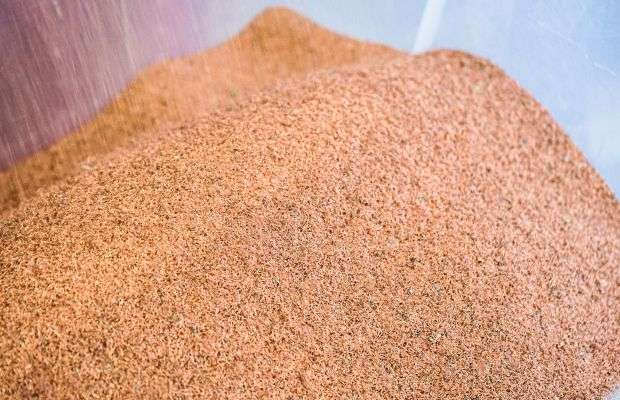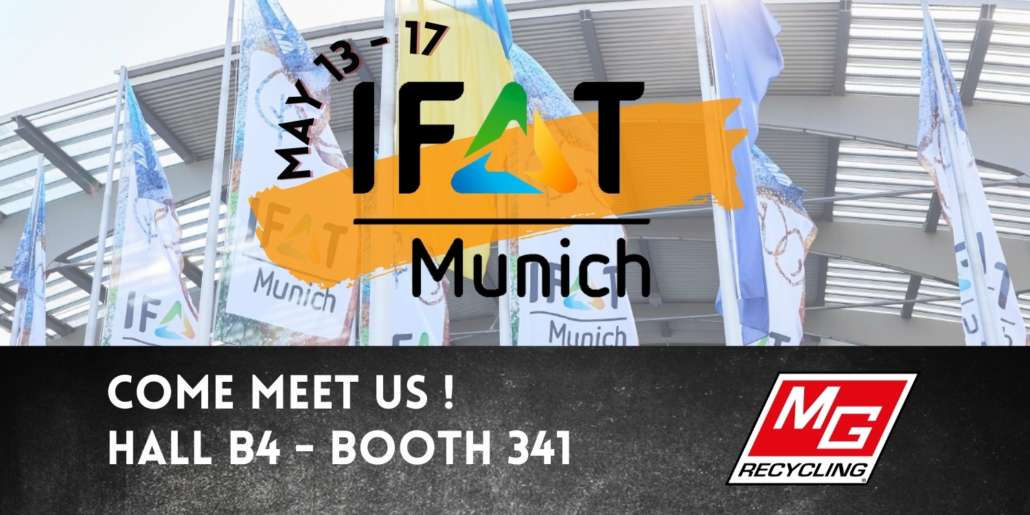Recycled copper: the key to electrical mobility
In recent years, electrical mobility has ceased to be a trend and has become a necessity. With the ongoing energy transition and growing focus on sustainability, car manufacturers around the world are accelerating the production of electric vehicles.
At the heart of this silent revolution is an ancient but increasingly valuable metal: copper.
Copper: the “electrical nerve” of the cars of the future
Second only to silver, copper is the best existing electrical conductor. This characteristic makes it indispensable in all energy-carrying systems: electric motors, batteries, inverters, charging cables, and electronic components.
To give an idea of the scale, an electric vehicle can contain up to four times more copper than a traditional combustion engine car.
In other words, without copper, electrical mobility simply cannot exist.
The problem of availability: demand growing faster than mining capacity.
However, this growing demand raises a crucial problem: mineral resources are not sufficient. Copper mining requires energy and water and produces significant emissions.
According to leading industry analyses, global demand for copper could exceed current production capacity by more than 30% over the next ten years.
There is already a topic of a possible Copper Gap: a gap between availability and demand that risks slowing down the transition to electric.
Recycled copper: a strategic and sustainable resource!
The good news is that copper is one of the few materials that can be recycled indefinitely without losing quality. Through industrial separation and refining processes, it is possible to obtain copper from waste materials, such as radiators and electrical cables, with a purity of up to 99%, identical to that of copper extracted from mines.
Furthermore, copper recycling consumes up to 85% less energy than primary extraction and drastically reduces CO₂ emissions.
It is therefore a concrete response to two fundamental challenges: the insufficiency of natural resources and environmental sustainability.
MG RECYCLING: Italian technology for a global circular economy
We design and build plants for the recovery of copper and aluminum from waste materials.
Based in Italy and with an international distribution network, we offer tailor-made solutions for the metal recycling sector, guaranteeing the highest standards of purity and productivity.
Contact us for a personalized consultation and discover the MG RECYCLING technology that best suits your needs.
